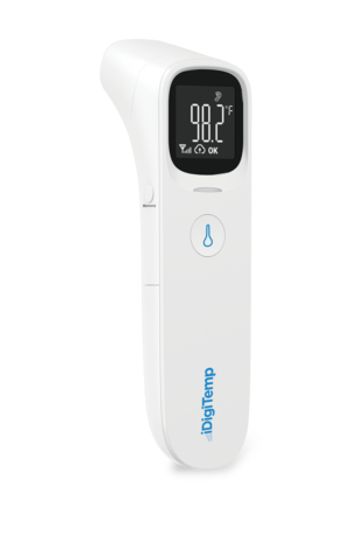
Where will precision medicine go in 2017?
While the future of the Precision Medicine Initiative is uncertain as we enter into a new presidential term, how can we as clinicians implement tenets of precision medicine right now when treating our patients?
Editor's Note:
Dr. AnhaltIn President Obama’s 2015 State of the Union address, he launched the
Popular online:
Up until now, most medical treatments were designed with a one-size-fits-all approach which can be successful for some, but not for others. President Obama’s
While the future of the Precision Medicine Initiative is uncertain as we enter into a new presidential term, how can we as clinicians implement tenets of precision medicine right now when treating our patients?
First and foremost, one tenet of more precise care is enabling our patients to access their own health record data so they can review it when they need to and share it with others when they want. The U.S. Department of Veterans Affairs has made a huge push for patient access to health records through its pioneering “Blue Button.”
Hot topic:
The goal is to support a patient with easy access to their medical histories to help facilitate informed dialogs about their health with healthcare providers, caregivers and other trusted individuals or entities. While the Blue Button isn’t a total homerun, it’s definitely a step in the right direction.
We also need to try and engage our participants in research when appropriate. There are many ways patients today can participate in research without requiring a visit to a large research hospital.
For example, if patients can download their health records, one easy opportunity they may have is to donate them to research. For people with Type 1 diabetes, we offer a patient platform that allows that patient to connect with others who have Type 1 diabetes and participate in online research. To truly achieve the promise of precision medicine, it’s going to require that our patients have the understanding and motivation to become citizen scientists.
Finally, it’s worth remembering that even today, we can strive maybe not for precision medicine, but at least individualized care. As physicians, we are trained to ask questions such as, “What are your symptoms; how long have you had these symptoms?” and so forth. But what are the questions we’re not asking that help us get a more holistic view of a patient’s health?
Related:
Switching the language from how they are feeling to how they feel can change the conversation from a review of physical symptoms to a broader picture of physical AND emotional qualities of health and wellbeing that can help guide more customized treatment plans.
In fact,
Until scientists perfect the collection and analysis of massive amounts of patient data in a safe and compliant way, we will have to rely on other methods to ensure that each patient receives the right treatment, at the right time.
We’ve just scratched the surface with the Precision Medicine Initiative, and it will be interesting to see what takes place in 2017 and beyond as we focus more on patient outcomes.
Newsletter
Stay informed and empowered with Medical Economics enewsletter, delivering expert insights, financial strategies, practice management tips and technology trends — tailored for today’s physicians.








